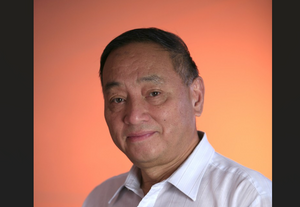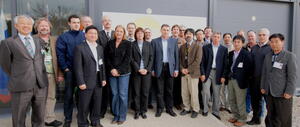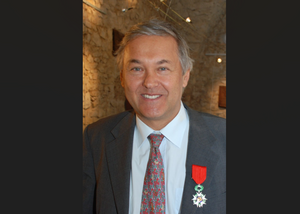What’s New
24 March 2009
ITER news digest for the period of 24 March 2009 to 24 March 2009.
In the media
The Times of London
Marginal Revolution
DailyTech












